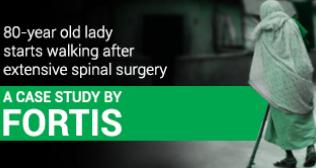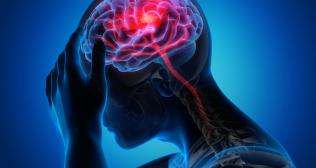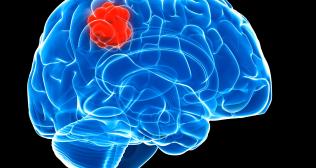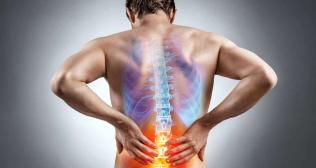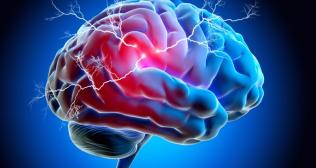What Is Chiari Malformattion? Symptoms, Causes & Treatment
Overview
Chiari malformation is a rare condition which occurs as a result of a structural defect in the cerebellum – causing the brain tissue to protrude downward into the spinal canal thus preventing the cerebrospinal liquid from flowing normally. This condition causes the application of excess pressure on the cerebellum and the brain and can further lead to the development of fluid-filled cysts on the spinal cord as well as hydrocephalus – described as a fluid build-up in the brain. Additionally, it needs to be mentioned that this condition is also known as the herniation of the brain into the spinal canal.
It has been widely estimated that for every 1,000 births, there’s one Chiari malformation usually present amongst the general population. In addition, these malfunctions are usually developmental in nature which basically entails that they tend to develop as the body grows prior to birth. However, owing to the lack of symptoms in many individuals, treatment is delayed until they grow older. There are four distinct types of Chiari malformations classified in order of severity:
- Type 1
- Type 2
- Type 3
- Type 4
The term “Arnold-Chiari” is used to describe the Chiari type 2 malformation. Furthermore, more often than not, types 3 and 4 are rarely witnessed.
Symptoms
As mentioned before, Chiari malformations, especially type 1, are generally congenital in nature – which means they usually don’t show up until adolescence or adulthood. Which is why typically, patients suffering from this disorder are aged between 20-50 years. Symptoms usually range from:
- Persistent Headaches
- Neck pain
- Frequent dizziness or poor balance
- Diplopia or double vision
- Involuntary/Repetitive downward eye movements
- Numbness in the hands/arms
- Loss of muscle strength in hands and arms
- Stiffness and rigidity of the legs
Other symptoms include
- Hoarseness or swallowing problems (Dysphagia)
- Sleep Apnea
- Irritable bowel syndrome
- Speech impediment
- Changes in breathing
- Tinnitus or the feeling of noise or ringing in the ears.
Causes
Chiari malformations are usually present at birth and diagnosed when performing an MRI scan or with the aid of X-Rays and CT scans. When there is deformity in the cerebellum which results in excessive pressure being applied to the brain, a Chiari malformation is said to occur.
At times, especially in case of type 2 Chiari malformations, a medical condition known as myelomeningocele can also trigger the occurrence of this disorder. Another disorder which incites loose/unstable joints, the Ehlers-Danlos syndrome (EDS) – better known as a connective tissue disorder – can also increase the likelihood and the severity of Chiari malformations.
Treatments
When it comes to seeking treatment for Chiari malformation, the treatment is usually dependent on the exact type of malformation and the symptoms experienced by the patient. In the case where malformations are asymptomatic or don’t exhibit any symptoms, treatment is usually not recommended. If the patient is experiencing severe headaches but showing signs of no other symptoms, usually the patient is administered analgesia for pain control.
In some cases, surgery might be required. However, this is only suggested for patients who experience other symptoms and whose headaches don’t seem to be resolved with analgesic medications. In such scenarios, the surgeon might choose to opt for a traditional surgery or a minimally invasive operation. The primary objective for a surgery is to prevent ongoing deterioration by optimally decompressing the nerve tissue and therein, restoring the normal flow of cerebrospinal fluid around and behind the cerebellum. In that regard, it’s been reported that nearly 80 percent of patients experience a massive improvement in their headaches and/or neck pain after surgery. It also needs to be noted that Chiari symptoms have the potential to be mistaken with other neurological conditions – which is why it’s crucial to get a thorough evaluation from a team of experienced neurosurgeons.
Surgical procedures usually include techniques such as:
- Decompression (posterior fossa)
- Minimally Invasive Decompression
- Cervical Laminectomy
- Spinal Fusion
- Transnasal/transoral Decompression
- CSF (Cerebrospinal Fluid) Diversion
Additionally, it must be mentioned that nowadays, treatments have been made minimally invasive due to advances in medical science which means that specialized instruments are made use of – thus allowing the surgeon to make smaller incisions causing fewer disruptions to the surrounding tissues.







